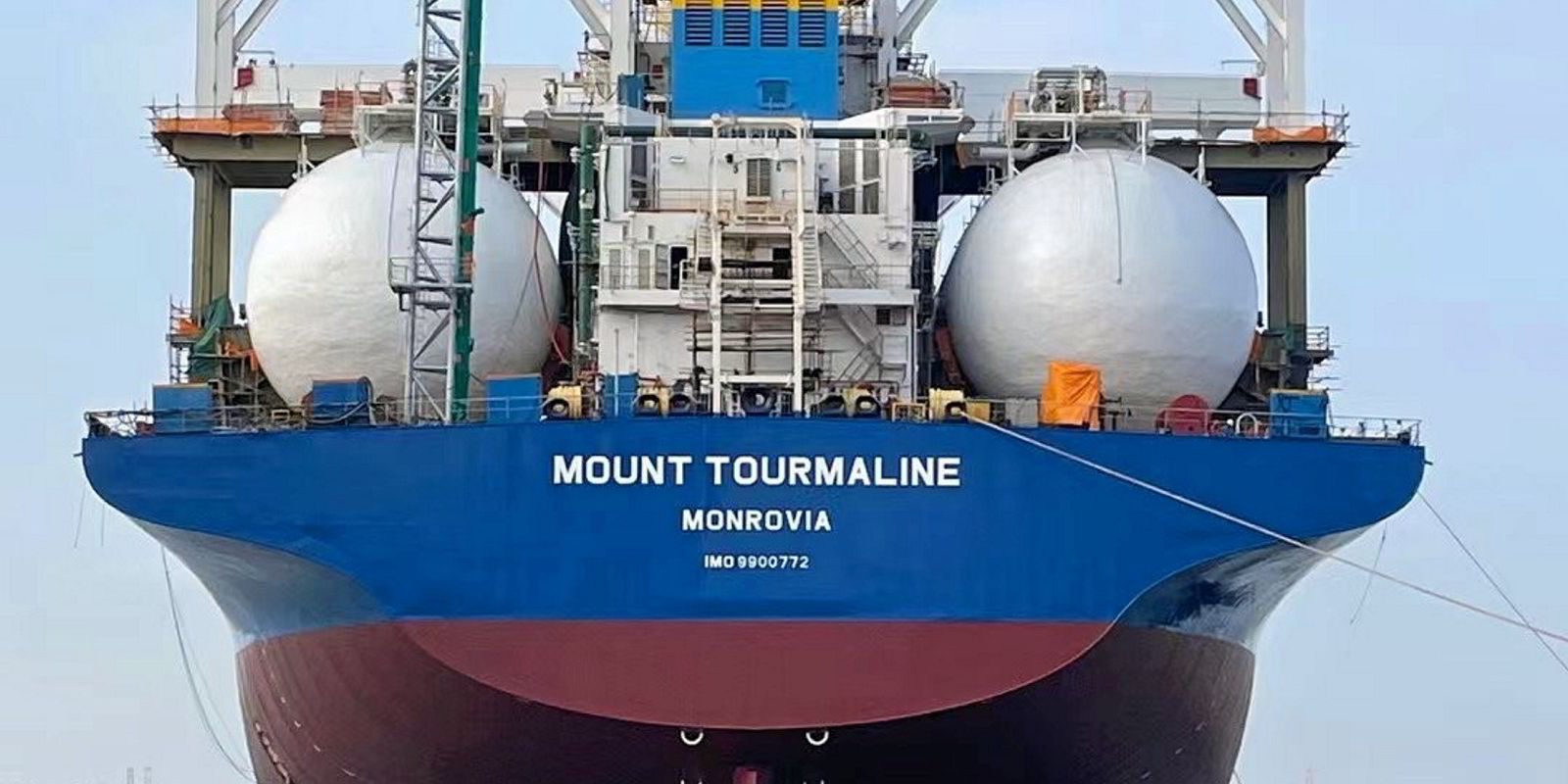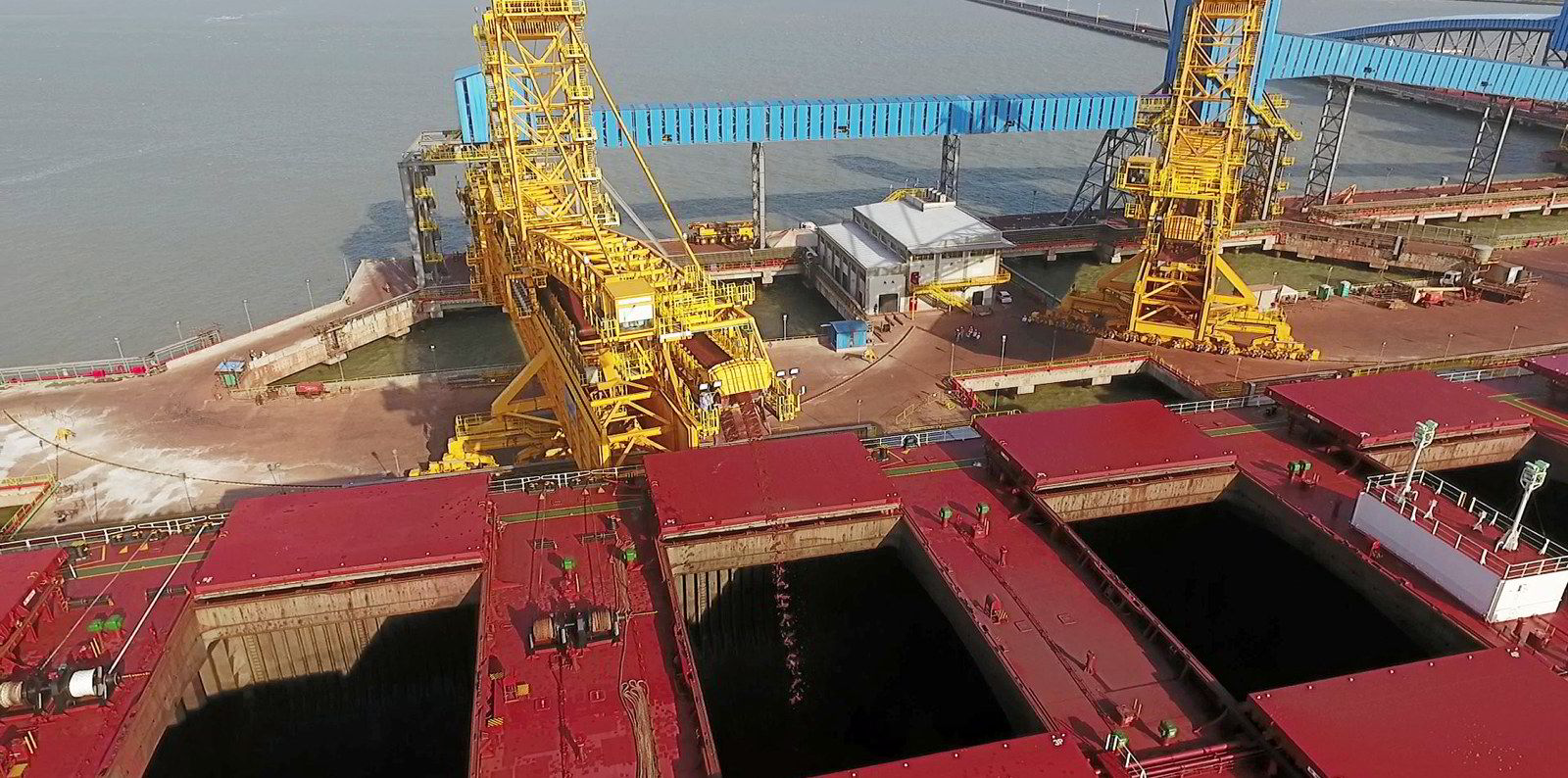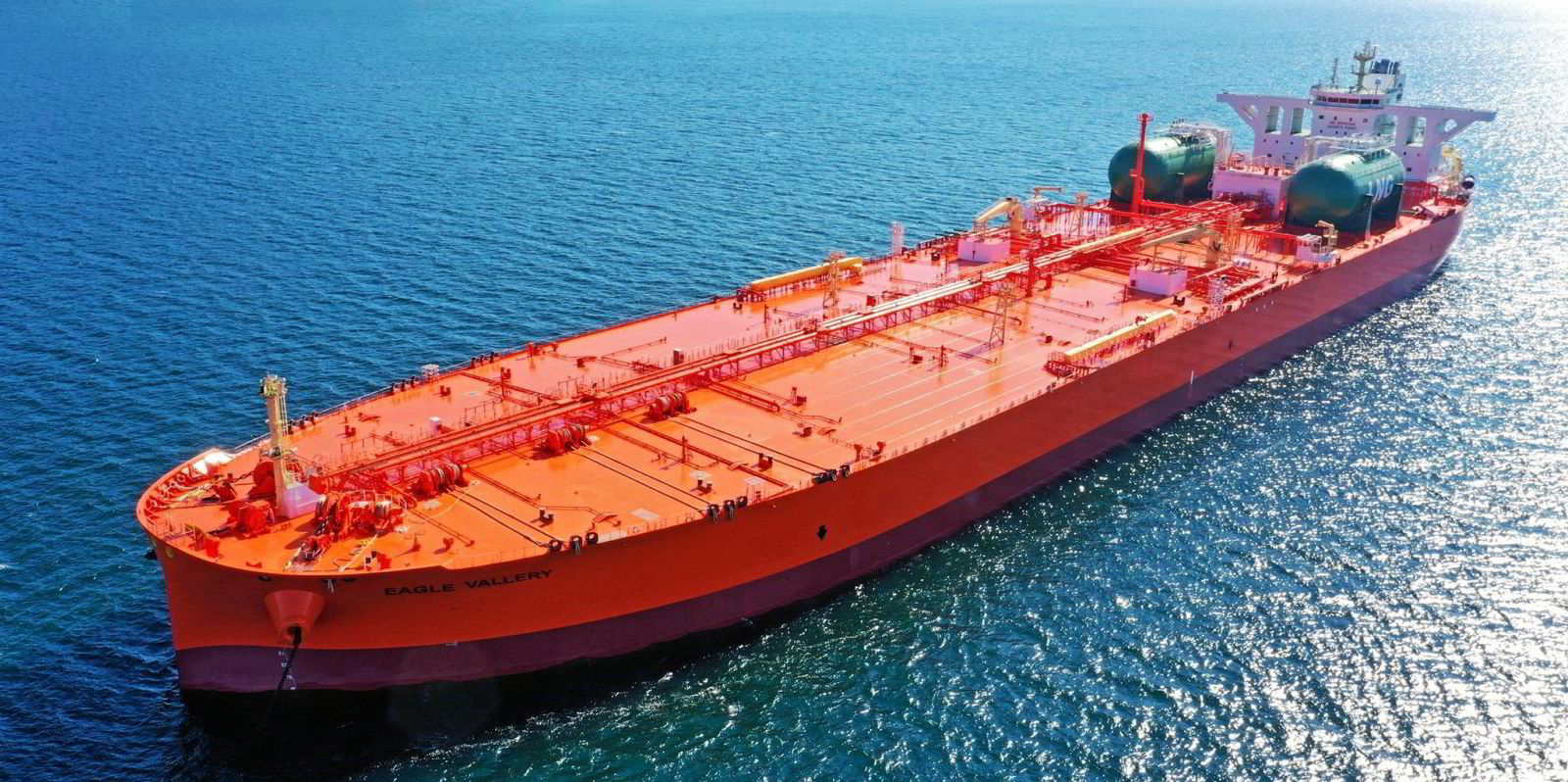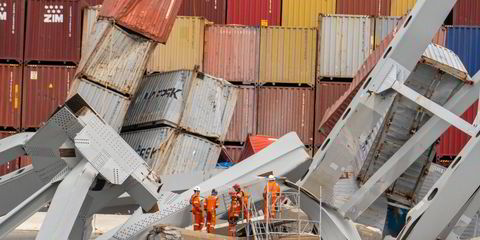Brazilian mining giant Vale — which controls more than 100 conventionally fuelled ore carriers — is enquiring on a series of dual-fuel 300,000-dwt VLOCs that could cost more than $1.5bn.
Shipping sources said Vale has approached a handful of shipyards in China for quotes with a requirement for 14 newbuildings to be delivered from the end of 2025 onwards as it seeks to reduce its shipping carbon footprint.
They added that Vale has yet to make a fuel choice but has asked for quotes for LNG and methanol dual-fuel vessels.
Vale did not respond to emails requesting comment.
One shipbuilding specialist estimated the price of a conventionally fuelled 300,000-dwt ore carrier to currently be about $100m. He said an additional $10m to $15m would be required if the ship was to be powered by methanol. While an LNG-fuelled vessel would “cost about $130m”.
“The fuel system for a LNG tank costs a lot more than methanol tank,” the shipbuilding specialist explained.
One shipowner confirmed Vale’s VLOCs enquiries. He is expecting the mining company to put out a tender and then select shipping companies to contract the vessels. But he added that the mining giant may have to split the requirement due to the cost of the ships.
“The shipbuilding price of the dual-fuel VLOCs is too costly … we do not think many shipping companies have the [financial] capacity to participate in the 14-ship newbuilding project by themselves,” he said. “Vale may end up selecting a few companies to order the vessels.”
State-owned Qingdao Beihai Shipbuilding Heavy Industry, Singapore-listed Yangzijiang Shipbuilding, Sino-Japanese shipbuilder Nantong Cosco KHI Ship Engineering, privately owned New Times Shipbuilding and the collapsed Jiangsu Rongsheng Heavy Industries were named as shipyards that Vale has contacted.
Shipbuilding brokers said most reputable shipyards have built up healthy orderbooks and have sold out of 2025 berth slots. As such, they are offering between two and six newbuilding slots to Vale.
Vale produced a total of 315.6m tonnes of iron ore in 2021, up from 300.4m tonnes in the previous year. The company has ambitious goals to cut emissions across the group that include reducing its Scope 3 footprint, which relate to assets not owned or controlled by the group, by 15% by 2035.
The mining giant estimates it can gain emission reductions ranging between 40% and 80% if its 300,000-dwt Guaibamax ships are powered by methanol and ammonia, and up to 23% in the case of LNG.
Many of Vale’s second-generation Valemaxes (400,000 dwt) and Guaibamaxes that were built in the past few years have been designed for the future installation of LNG systems. But it has yet to convert any ships to run on LNG fuel.
BHP, the world’s largest iron-ore producer, was the first mining company to operate a LNG-fuelled bulker. It took delivery of the 209,000-dwt Mount Tourmaline in February this year from China’s Shanghai Waigaoqiao Shipbuilding.
The Mount Tourmaline is one of the five LNG dual-fuelled newcastlemax bulk carriers that it has chartered from Eastern Pacific Shipping for five years.








